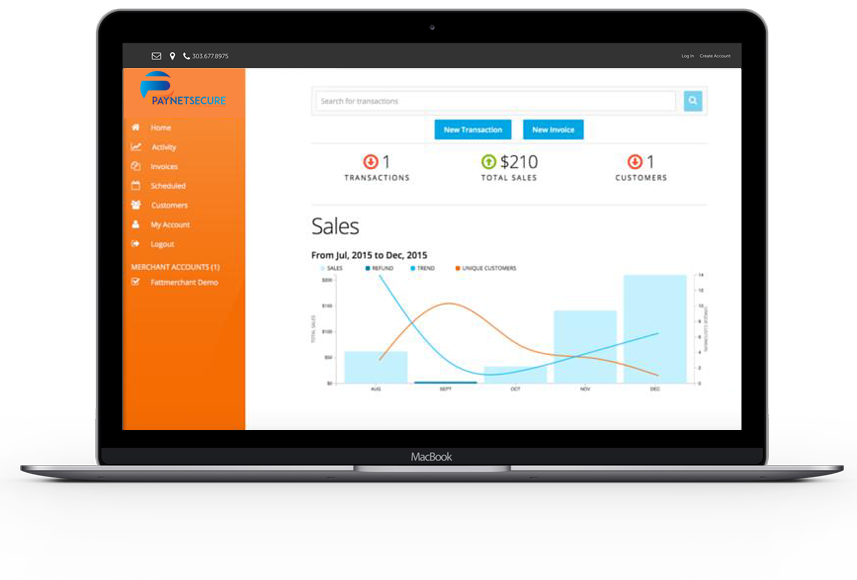Diversify Your High Risk Merchant Accounts
How would your business continue to take payments if your high risk processing account was suddenly cancelled? What is your “Plan B” in to safeguard your business operations if your current processor decides it no longer accepts high risk merchants?
Redundancy is vital to any vital business operation. Redundancy in high risk processing is no exception. Diversification of high risk merchant accounts is a prudent strategy to protect your company and ensure continuous revenue flow.
In these days of changing banking regulations, it is simply smart business to have more than one high risk merchant account. Whether you set up a an additional high risk merchant account offshore or simply have more than one domestic account, the key to success is always to have backups in place.
Single Processor Puts You at Risk
There are many sad stories of a company losing a high risk merchant account through no fault of its own. The settlement of funds from transactions which were processed may suddenly cease. The money urgently required for running the business, are put on hold by the bank. Financial institutions can hold settlement funds up to 180 days to guard against future contingent liabilities associated with the account.
The bank can keep the funds from the high risk merchant account even if the company has never had a chargeback. Without a backup high risk merchant account in place, a company may have no option left but to close their business.
High risk merchants who have long relationships with their processor often assume the acquiring bank will continue to accept transactions as long as the high risk merchant account is in a good standing. Imagine the shock and dismay a business experiences when an acquiring bank says it no longer is accepting high risk merchants and plans on closing the account.
In some cases, a bank will cancel high risk processing because internal underwriting guidelines have changed and the bank is no longer accepting the business type. Or, high risk processing may be cancelled if a bank is acquired or merged with another financial institution that has more conservative guidelines.
Regardless of the reason, a company that depends on a single account is out of luck and may be out of business through no fault of its own.
Fraud & Chargebacks
Sometimes a company with a high risk merchant account can be targeted by cybercriminals who exploit vulnerabilities within a company or its systems. Almost all companies are vulnerable to this type of attack.
But a far more common reason for high risk account cancellation is due inadequate account management. For instance, a company may have an unusually high number of chargebacks or instances of fraudulent transactions because of inadequate return policies or insufficient transaction verification.
No matter how or why chargebacks or fraud occurs, accounts can be cancelled with little notice. The ability to quickly switch the payment processing to a backup account is crucial for you to continue to accept payments.
Other Reasons for Cancellation of High Risk Processing
Even if you have no chargebacks or fraudulent transactions, your account can still be cancelled by the bank. For example, companies experiencing rapid growth in processing may be notified that such growth is unacceptable to the bank.
Common sense indicates that banks would be happy with fast growth of a high risk merchant account as it brings more business to the bank. But, the opposite is true. Even businesses that are in not classified as high risk can lose processing or be hit with unforeseen reserve requirements if growth occurs too rapidly.
You will get little warning if your high risk merchant account is about to to be cancelled. If you are is lucky, the bank will provide a 30 day notice. More commonly, you will realize that the account has been cancelled when the settlements are not made in a timely manner. This can happen because that the bank is trying to keep as much money as possible in anticipation of closing the account.
Offshore Merchant Acccounts Mitigate Risk
Companies sometimes ask if they should establish an offshore merchant account. Depending upon the high risk merchant account category, the answer may very well be yes.
With the changing political and economic conditions the world over, an offshore merchant accounts can give you good backup. And banks in jurisdciations outside the US often have more liberal underwriting guidelines for high risk merchants in certain industries.
Diversification of high risk processing among different jurisdictions protects you against changing government regulations in different countries regarding high risk industries.
Conclusion
Relying on a single high risk merchant account is no longer prudent.
It’s wise to have more than one account so processing can continue uninterrupted regardless of the actions of any one bank. Establish more than one domestic account. Or combine domestic and offshore merchant accounts.
In today’s changing banking environment, diversification of processing is a smart move to protect your payment processing accounts. And ensure that you can always accept payments from your customers.
Are you a high risk merchant that wants to diversify payment processing to protect your business operations?
Contact info@paynetsecure.net today
